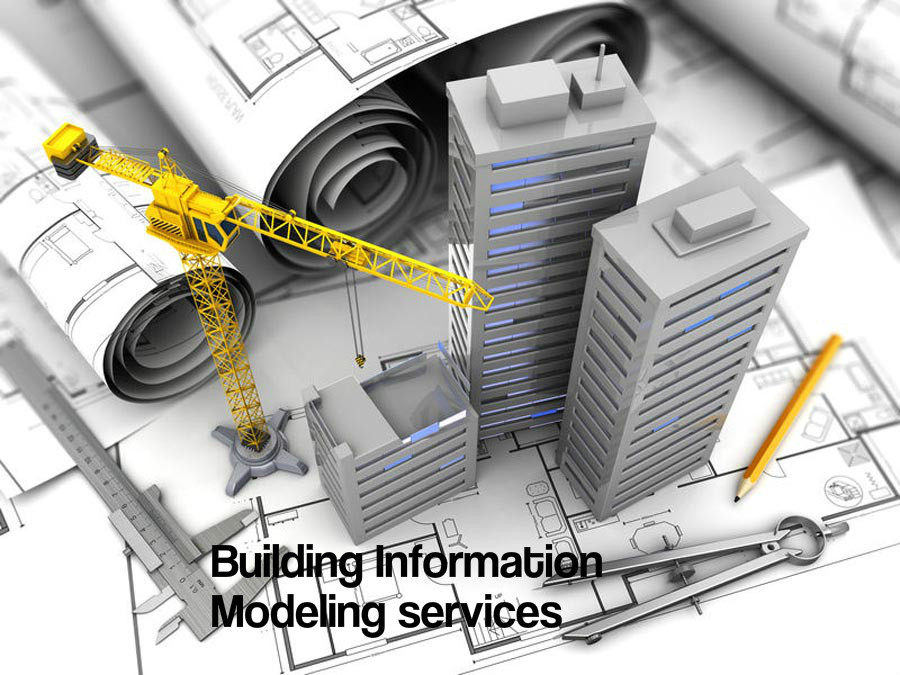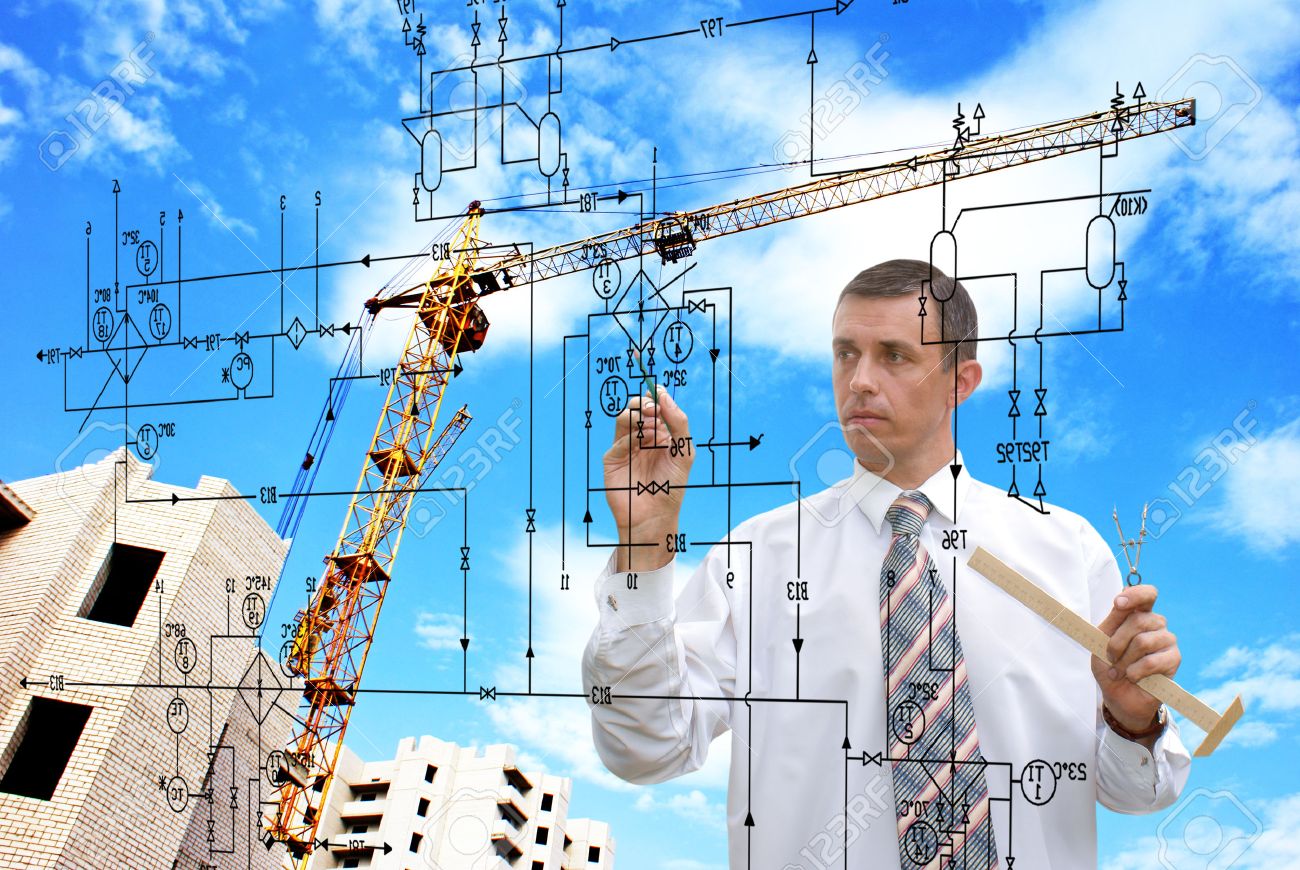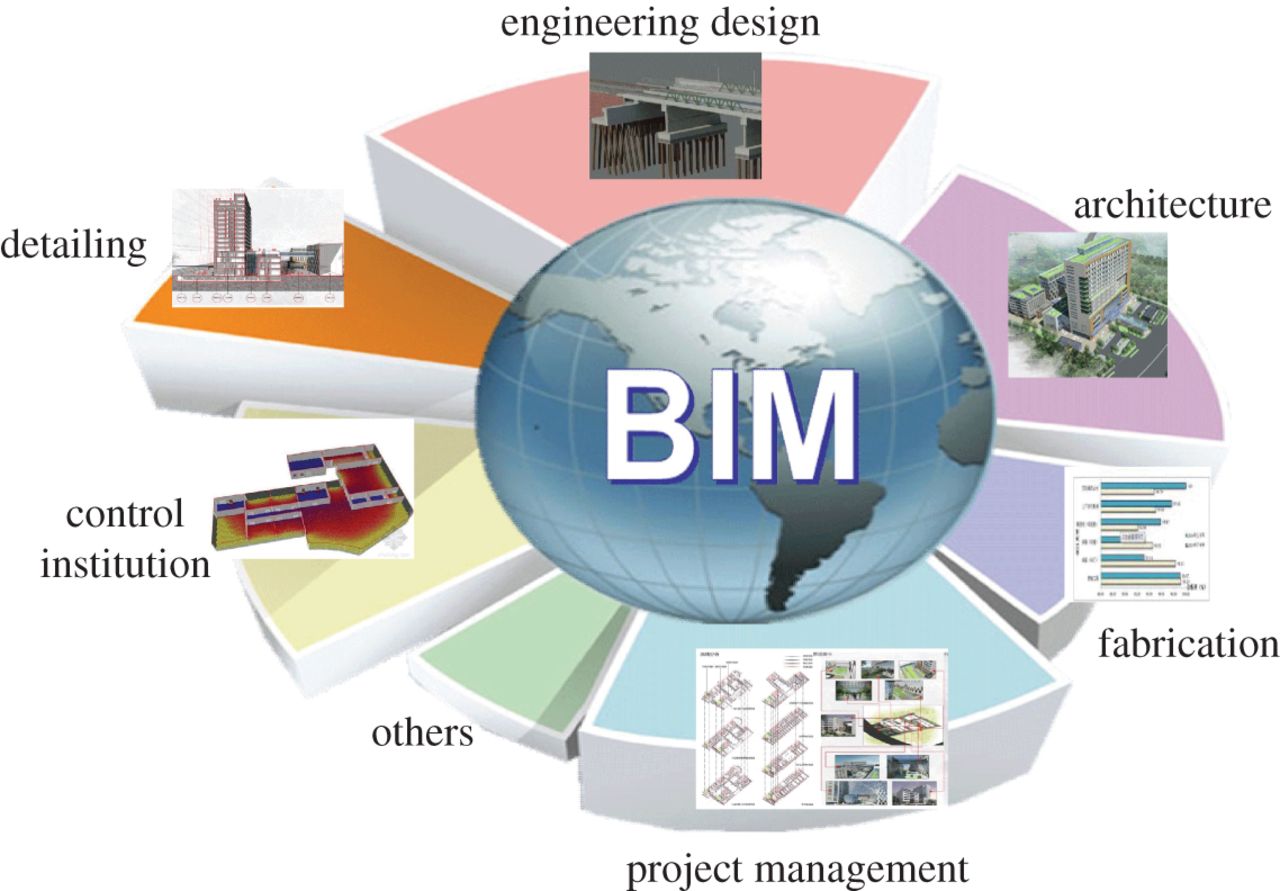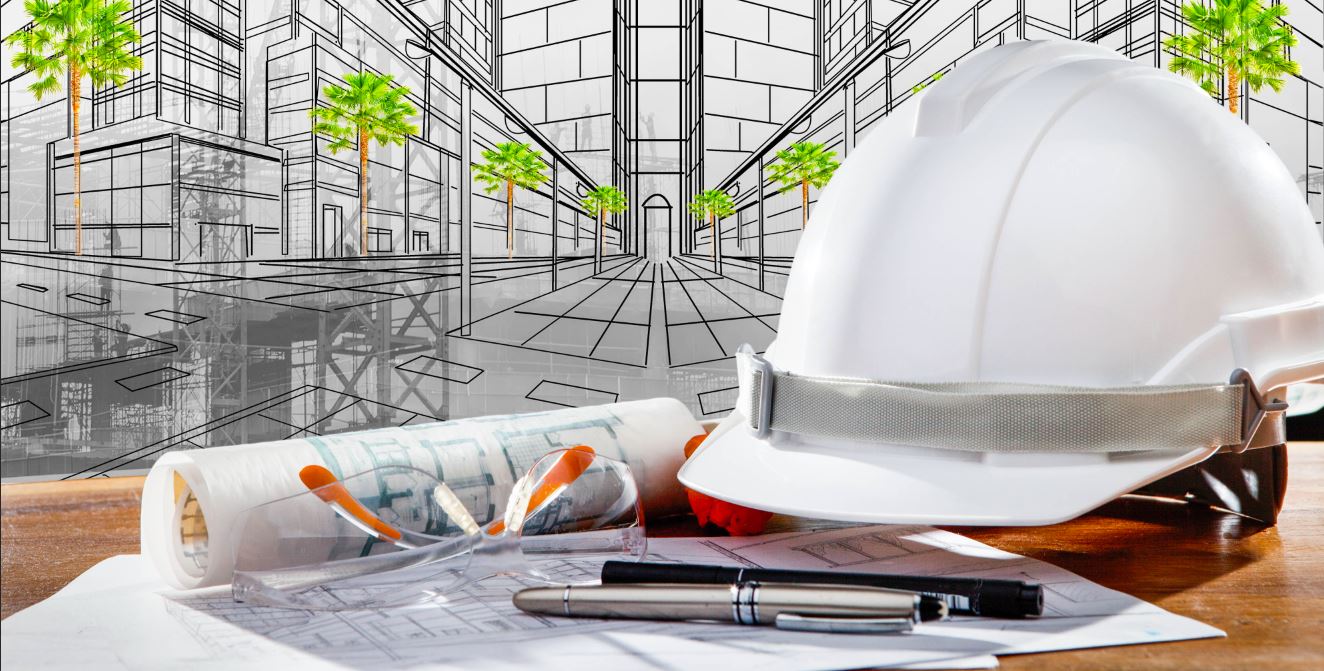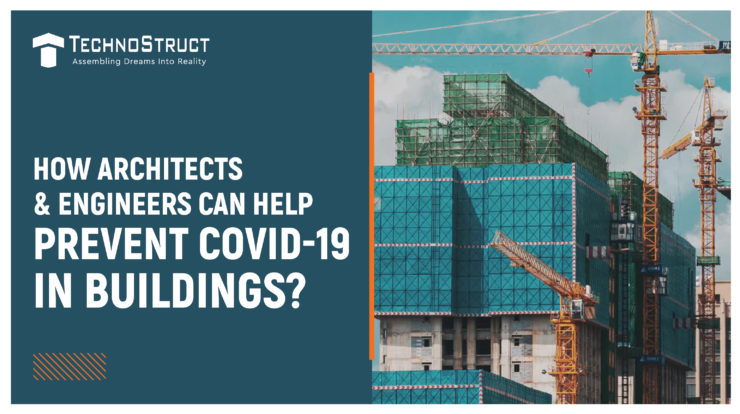
With over 16.8 million Coronavirus cases in the United States alone, the need to go beyond the adoption of prevention guidelines such as social distancing, personal protective equipment, and strict hygiene protocol has rose multi-fold. California, Texas, Illinois, Florida, and New York are among the most affected states by the on-going Coronavirus pandemic. And, amidst this, the rising question is how the AEC (Architectural, Engineering, and Construction) professionals will create architectural designs and building features that enable a safe and productive environment for the occupants and protect them from the deadly infection while improving building performance?
How can commercial or residential buildings safeguard their space from the Coronavirus viral pathogen during this pandemic? What kind of devices or equipment will be required to prohibit the entry of viruses into the homes or commercial complexes? What will it take to keep the space sanitized, safe and healthy, and flatten the curve?
But, before we dive into finding how the architects and designers can win the on-going battle against COVID-19 by making relevant changes in the structure/design, we must understand various methods of infectious diseases transmission:
Airborne and Droplet Transmission: These kinds of fine microbial particles comprise pathogens that transmit extensively by air when they stay up in the air for an extended time. These particles can cause infection to vulnerable people. COVID-19 is an airborne disease, and if there are closed doors and no way for the air to ventilate, it may spread at a much faster rate than anticipated.
Waterborne Transmission: Communicable substances in soiled bedding and clothing can also be discharged into the water in the course of laundry activities and can lead to waterborne disease transmission, such as in the case of COVID-19.
Contact and Surface Transmission: Coronavirus disease is a communicable disease, so if you are in close contact with someone – it can spread from person to person and infect a huge crowd within no time. The COVID-19 pathogens even live on different objects for different periods of time, thus have low to high-risk implications.
The architects and design engineers are highly influenced by what is happening in the industry. In America, several industry authorities have laid down design guidelines to prevent the spread of coronavirus and other infectious diseases. Apart from the authorities, several architects have reanalyzed the importance of various microbes in our environment to help humans be safe in closed spaces.
Here are a few things Architects and Engineers can do/follow to prevent COVID-19 spread in buildings:
In the case of Airborne and Droplet Transmission:
1. Cultivate/Murder Microbes: Microbes present inside closed spaces, and human skin plays a significant role in protecting humans from getting ill or staying healthy. Architects/Engineers can leverage microbes in the environment to design, shape, and modify the microbial communities living in our spaces to create a safe environment that does not affect the human immune system or cause asthma, mood disorders, or more. Allowing daylight and natural ventilation will help create a natural ecosystem for exchanging such microbes to reduce harmful pathogens and support human health.
2. American Society of Heating, Refrigerating, and Air Conditioning Engineers – ASHRAE is offering services to help businesses combat the transmission of COVID-19. ASHRAE has created a set of guidelines for different types of buildings since the advent of the COVID-19 pandemic. Here is what they recommend:
- Boost ventilation with outdoor air: Circulations of 100% fresh air (from the outside) with the closed inside air will create a much safer environment. This will circulate the COVID-19 pathogens or any harmful organisms out of the building. However, this practice is limited by weather conditions. Keeping in mind the external conditions, architects and engineers can manage the inflow/outflow of air not to put more pressure building’s HVAC system, which may lead to higher energy expenses.
- Use of High-quality filters: ASHRAE recommends MERV 13 for most buildings for air filtration. Install air filters that can manage the pressure drop and or are less resistant to airflow.
- Install UVG Irradiation: Installing UGVI ventilation and filtering systems that do not increase the ozone levels and fill the atmosphere with hazardous air. UGVI will kill the germs such as COVID-19 and keep the environment clean and safe.
3. US Green Building Council – Developing resources for businesses and facility management to help manage buildings during the COVID-19 pandemic while also supporting developing a green building community by sharing and creating best practices. USGBC has published COVID-19 prevention guidelines, which fall under a new category called Safety First:
- Safety First: Cleaning and Disinfecting Your Space
- Safety First: Re-Enter Your Workplace
- Safety First: Building Water System Re-commissioning
- Safety First: Managing Indoor Air Quality During COVID-19
4. International WELL Building Institute – IWBI is helping prioritize health and safety with the third-party verified WELL Health-Safety Rating for Facility Operations and Management. IWBI has created the WELL Health-Safety Rating to address the immediate needs of the building during the COVID-19 pandemic while focusing on the various aspects of infection prevention:
- Cleaning and sanitization procedures
- Emergency preparedness programs
- Health service resources
- Air and water quality management
- Stakeholder engagement and communication
- Innovation
In the case of Waterborne Transmission:
Waterborne transmission is highly possible in a hospital environment where COVID-19 patients use hospital linens or gowns. If the clothing is being washed off or is disposed of in the surroundings, it may lead to waterborne transmission. However, architects and engineers can play a major role in designing and developing a cleaning system room within the hospital premises that does not transmit coronavirus and create a safe environment. There are several elements that will go into developing a cleaning system, but architects and engineers can take the lead and help in proper placement and installation.
In the case of Contact and Surface Transmission:
The WHO has already laid out strict guidelines to minimize the spread of COVID-19 at home, work, or commercial spaces. People must wash/sanitize their hands frequently, use masks, gloves, face shields, and maintain social distancing and more to prevent the spread. However, designing a more robust environment/surroundings can take these preventative measures to another level and help create a much safer environment, especially for places that see more number of footfalls, such as hospitals or banks.
Conclusion:
The transmission of COVID-19 requires making proactive, well-planned, and designed surroundings, keeping in mind the airborne, waterborne, and contact/surface transmission of the disease.
Hence, the construction industry needs to evolve and adapt to the changing environment needs and put COVID-19 related safety measures at the center of every design or engineering project. The architects and engineers can use the above-mentioned recommendations to make buildings, commercial, and residential spaces safer against infectious diseases such as COVID-19 and beyond.
TechnoStruct is one the leading BIM consultants in Northern California that specialize in providing mechanical and engineering solutions, designing, solar engineering solutions, and construction solutions to commercial projects across industries, with a diversified range of services including but not limited to BIM consulting services, Mechanical Electrical Plumbing (MEP) engineering and designs, Mechanical Subcontractor, Solar, Electrical Subcontractor, and many more.
